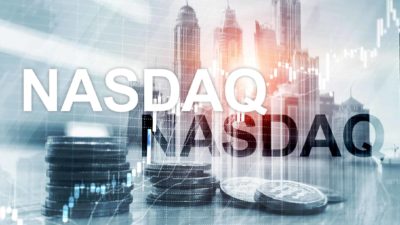Investing using ASX exchange-traded funds (ETFs) has exploded in popularity on the Australian stock market over the past two decades or so. Using ETFs or index funds to invest has attracted thousands of investors, and billions of dollars, thanks to these instruments' low cost and simple nature.
Some of the ASX's most popular index funds and ETFs now command a huge presence on the ASX. Today, the most popular ASX ETF on the market – the Vanguard Australian Shares Index ETF (ASX: VAS) – has close to $15 billion in assets under management alone.
But ASX investors increasingly have another option to consider if they want to invest in an index – direct index investing.
When you invest in an ASX ETF or traditional index fund, you are effectively indirectly investing using a trust structure. It is the trust that owns the shares on your, and all other investors', behalf, with you being the beneficiary.
That's why ETF and index fund investors would be accustomed to seeing some fairly complex forms in their mailbox around tax time.
But direct index investing is a little different. Instead of a trust owning all of the shares in an index on your behalf, you instead own the shares directly.
According to financial advice firm Nucleus Wealth, direct index investing used to only be available for the ultra-rich. However, advances in technology have brought down the costs closer to that of an ASX ETF.
So why would one invest in direct index funds rather than ETFs? Well, there are some reasons one might prefer the direct model.
How does direct indexing compare to ASX ETFs?
For one, direct indexing enables investors to filter out any companies, perhaps tobacco stocks or mining shares, that they might not want to invest in for ethical reasons. With an ASX ETF, you pretty much have to take the entire index, warts and all.
Some ETFs do offer an ethical screen. But these can vary in what they include or exclude, and often charge users far more for the privilege.
But with direct investing, you can simply pick out the companies (or entire industries) that you don't want your money going to. Let's say you don't have a problem with uranium or tobacco shares, but you might not want to invest in coal, weapons manufacturing or oil. Well, you are free to modify your portfolio to reflect this preference. Or any other ethical bias you may possess.
You can also customise your exposure to different corners of the market. Perhaps you might like the idea of an ASX-based index fund, but you don't want a quarter of your money invested in bank stocks. Well, direct indexing lets you tweak your exposures to whatever your heart may desire.
Direct investing reportedly does still cost more than the lowest-cost ASX ETFs. According to Nucleus, fees start at around 0.5% per annum for a $10,000 investment and decrease the more cash is invested. That compares to around 0.05% for the lowest-cost ASX index funds.
But it's nice to know that there are alternatives out there for ASX investors who might not be getting all that they want out of their ASX ETF investments.









